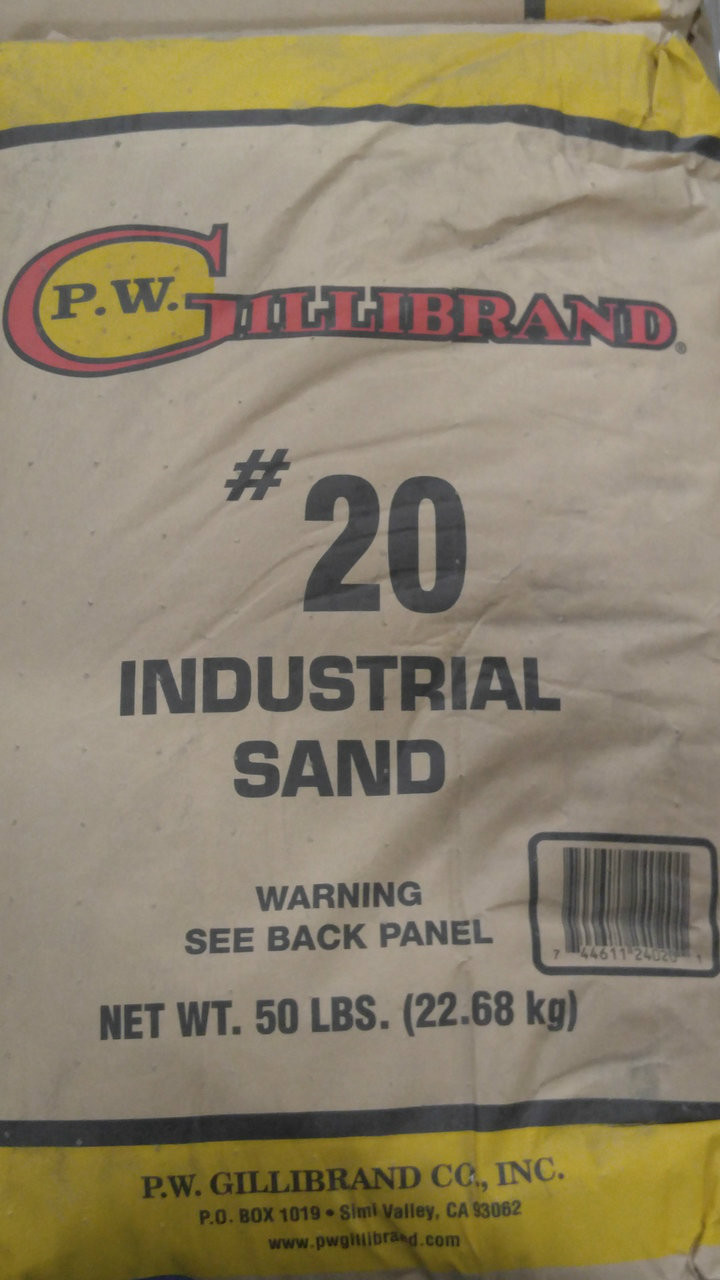
Salt, clay, silt, and other powders and dust are washed out of the overall mixture. Washed sand can begin as silica sand or any other type of sand and undergoes a washing and rinsing process after mining. Additional chemical properties of silica sand include: Covalent bonding of a single silicon atom with two oxygen atoms, creating linear triatomic molecules, forms SiO2. This is the primary compound present in silica sand, which occurs in three main crystalline varieties, including quartz, tridymite, and cristobalite. Silicon dioxide (SiO2) is a naturally occurring compound of silicon and oxygen. In fact, the fine particulates of silica dust from quartz rock contribute to chronic, progressive lung injury, known as silicosis. Inhaling silica sand will also irritate the respiratory tract.
Silica sand lowes skin#
It is an odorless powder that can cause irritation to the skin or eyes on contact. Silica sand can range from nearly transparent to a darker gray. The Characteristics of Silica and Washed Sand Silica Sand It also has a high purity (greater than 99%), exceeding purity levels of our competitors. Our silica sand is naturally occurring and costs less than other brands. Our sand is ideal for fracking, which requires smaller sized sand to fill the cracks during the process. MS Industries is a provider of naturally occurring smaller sized silica sand with microproppants and proppants. Washed sand goes through a cleaning or “washing” process that removes these additional substances. Silica sand consists of fine pieces of quartz and other minerals such as salt, silt, clay, dust and various powders. So it is very important that you choose the right kind of sand for the job you want to do.Posted by Jeremiah Floersch on Octo6:16 pm | Comments Off on Understanding the Difference Between Silica Sand and Washed Sand Weeds can cause real damage to your pavers and, if they take deep roots, can compromise the entire installation. Play sand will also not prevent weeds from growing between the grout lines of the pavers. For once, they will not make the job correctly and you will probably have to re-sand your paver patio sooner than you planned for. On the other hand, using play sand in the installation of pavers can cause a lot of headaches. Especially when it comes to the use in sandboxes when regular sand can be ingested or get in contact with the eyes. Using regular sand in these situations can cause real problems for the health. It is important that the sand used for these things is as natural and harmless as possible. Play sand is designed to be used “up-close”, as in sandboxes for kids or in some forms of paintings and crafts. You never want to choose the wrong kind of sand. Paving Sand vs Play Sand – Importance of Choosing Correctly So, in the end, paver sand is nothing more than all-purpose sand mixed with specific water-activated bonding agents, but mostly polymers and silica. This is the favorite type of sand when it comes to paver installation because it produces very strong joints between pavers, and that’s why is also called “joint sand”. Polymeric sand is a particular type of sand that, when mixed with water, creates a binding agent extremely powerful that binds the sand particles together. What most people call “paver sand” is actually polymeric sand. “Paver sand” is actually an incorrect term.Īny sand you choose to add to your installation becomes paver sand, but there’s not actually any type of sand with that specific name. But the explanation is always the same: they are like that because they are, essentially, very tiny particles of a local mineral that presents those characteristics.įree quote! Different Types of “Paver Sand” There are tons of other examples of different kinds of sand, both in texture and in color.

In those places, the sand is composed of calcium that comes from the shells and skeletons of marine organisms. Quartz particles do not dissolve in water and do not decompose as easily as other minerals.īeaches that have a particular white and fine sand can be found at places without rich nearby sources of quartz. It is considered to be the “natural” sand.

The most common type of sand comes from quartz. The composition of a specific type of sand will depend on the original mineral from which it came. So there are actually a lot of different types of sand, and they are not the same. Sand is, basically, some type of mineral crushed into microscopic pieces due to the weathering process that a mineral goes through, like wind, sea waves, or rain.


 0 kommentar(er)
0 kommentar(er)
